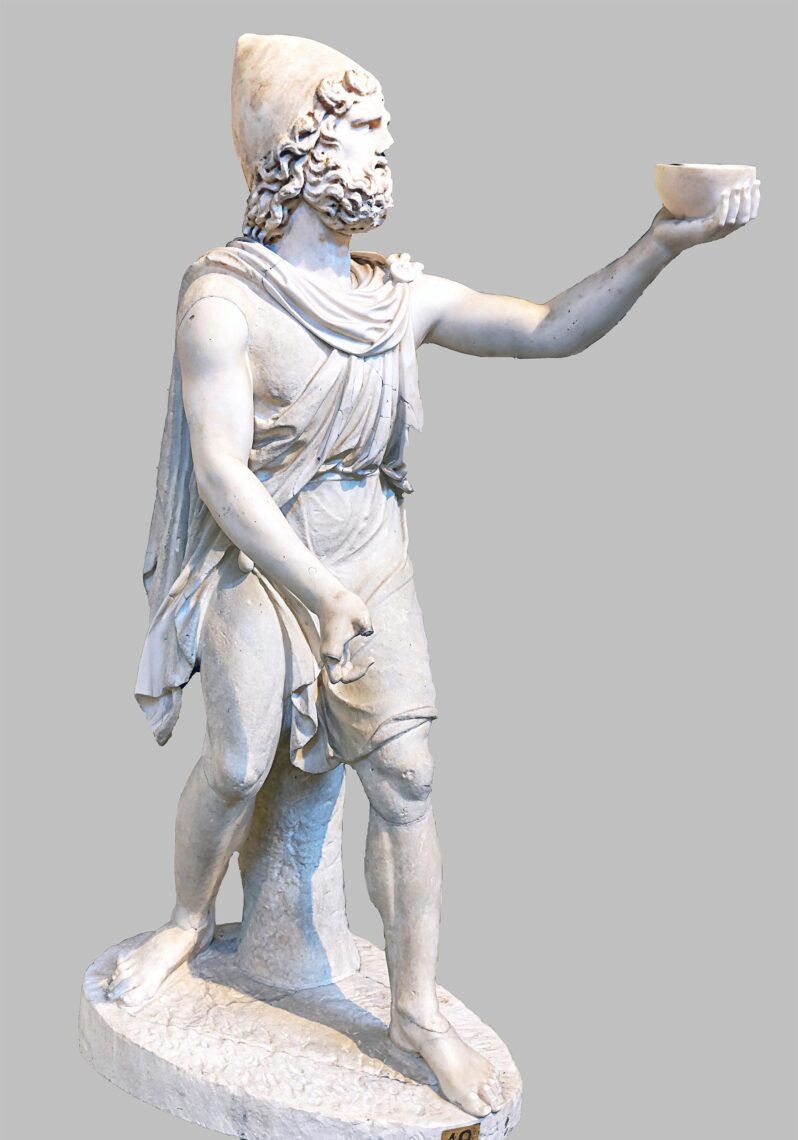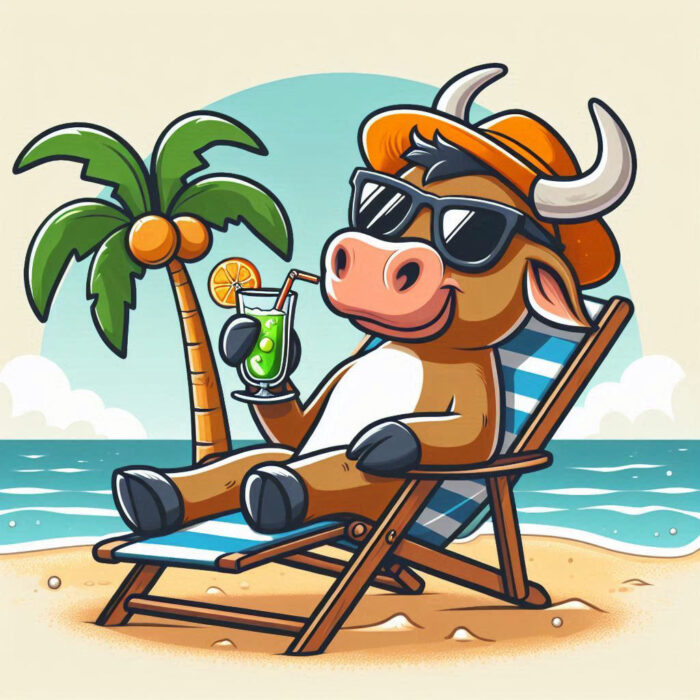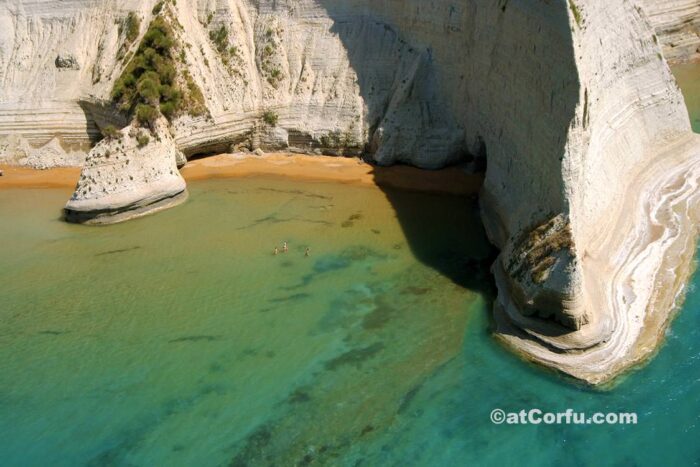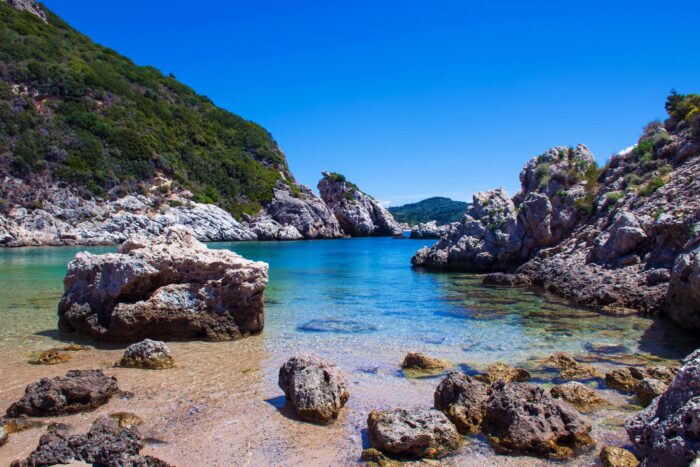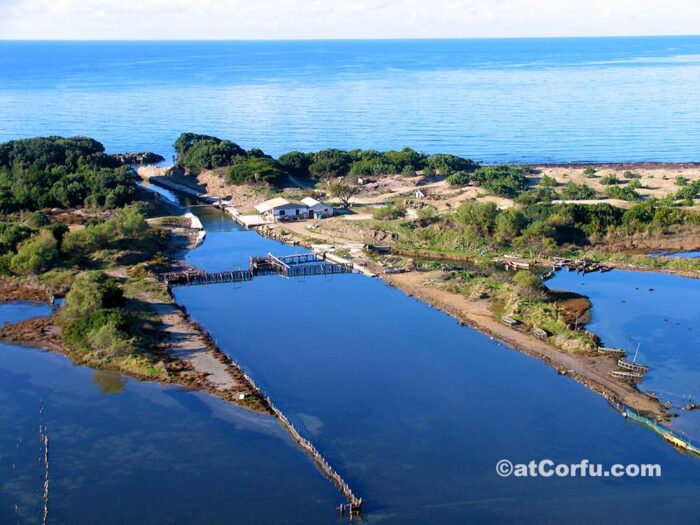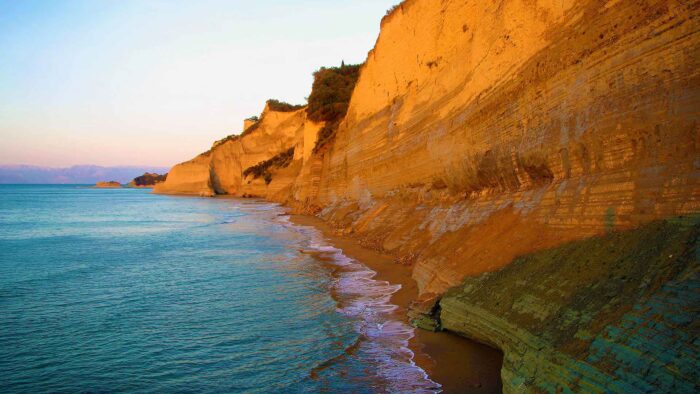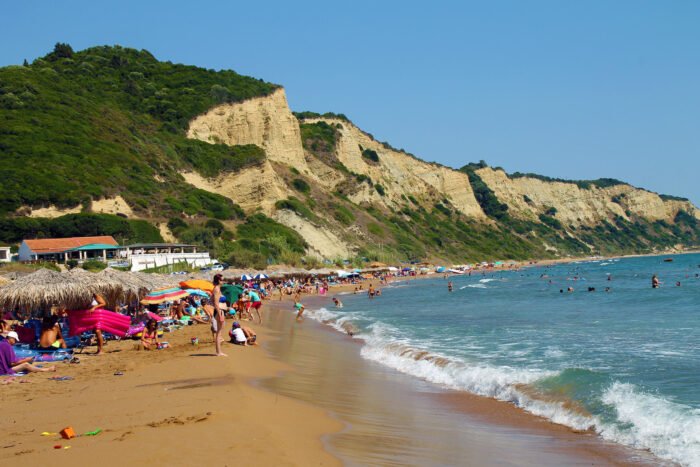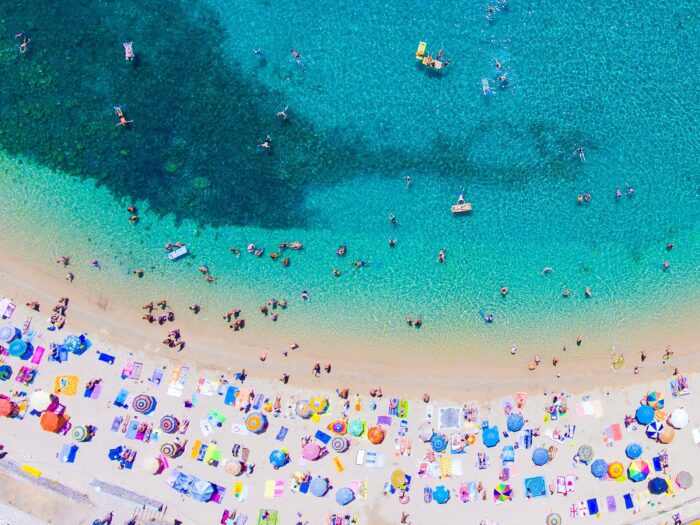In the heart of Greek mythology lies a story that transcends gods and mortals, weaving a timeless narrative of love’s power, jealousy’s sting, and the relentless pursuit of the soul’s fulfillment.
This is the myth of Eros and Psyche — a divine romance brimming with passion, trials, and ultimate redemption.
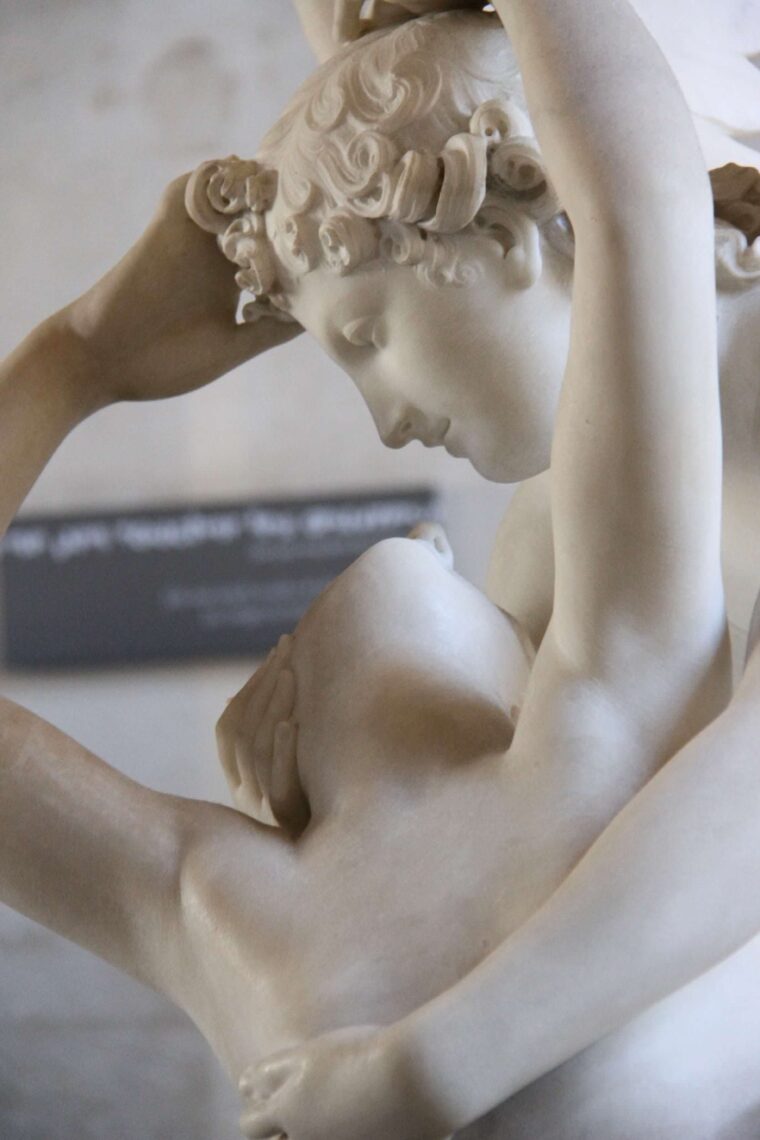

The Mortal’s Beauty That Shook Olympus
Psyche was no ordinary mortal; her beauty was so radiant, so otherworldly, that people began to worship her instead of Aphrodite, the goddess of love and desire herself.
Temples once filled with devotees of Aphrodite grew silent, replaced by hushed whispers praising the young woman whose face outshone even the dawn.
This blatant shift of adoration enraged Aphrodite, who, despite being a goddess, was not immune to the sharp arrow of jealousy.
Unable to tolerate this mortal woman’s rising fame, Aphrodite devised a cruel plan. She commanded her son Eros—the god of love and desire—to pierce Psyche’s heart with his golden arrow, causing her to fall hopelessly in love with the vilest creature imaginable.
But fate, or perhaps something deeper, had other designs.
The Unexpected Twist: Love Struck the Divine


Instead of fulfilling his mother’s wrathful command, Eros himself fell captive to Psyche’s enchanting beauty.
Unable to obey Aphrodite’s order, he secretly carried Psyche away to a hidden palace, where he visited her only under the cloak of night, shrouded in mystery.
He forbade her to look upon his face, and she, blinded by love and curiosity, accepted the strange condition.
Their relationship blossomed in the shadows—a love born from trust and yearning, yet tethered by an impossible demand.
Psyche lived like a queen, yet the nagging question of her lover’s true identity haunted her every moment.
Curiosity and Consequence: The Moment of Truth
Despite Eros’s warnings, Psyche’s curiosity eventually overwhelmed her.
One night, under the veil of darkness, she lit an oil lamp to see the face of the god who had stolen her heart. The moment the warm light revealed Eros’s divine visage—more radiant than the sun itself—her heart swelled with both awe and fear.
But in that fragile moment, a drop of hot oil fell from the lamp, waking Eros and breaking the fragile trust between them.
Feeling betrayed and hurt, Eros vanished, leaving Psyche to face the wrath of Aphrodite alone.
Trials of the Soul: Psyche’s Journey to Redemption
Aphrodite, ruthless and unrelenting, subjected Psyche to a series of brutal tasks meant to break her spirit. Each trial tested Psyche’s courage, wit, and endurance:
She was ordered to sort a mountain of mixed grains by dawn, a task seemingly impossible. With the help of ants moved by sympathy, she succeeded.
She was then sent to retrieve the golden fleece from violent sheep, a dangerous endeavor she accomplished by following whispered advice to gather what had caught on the branches.
Next, Psyche had to fill a crystal vessel with water from the treacherous River Styx, narrowly escaping death thanks to an eagle sent by Zeus.
Finally, she was tasked to journey into the underworld itself and bring back a box of Persephone’s beauty. Psyche’s curiosity got the better of her, and she opened the box, falling into a deathlike sleep.
Divine Mercy and Immortality: The Triumph of True Love
It was Eros, now healed from his wounds of betrayal, who saved Psyche from her enchanted slumber, reviving her with the kiss that only true love could give.
Moved by Psyche’s perseverance and devotion, Zeus intervened, granting her immortality so she could stand equal among the gods.
Psyche’s transformation was not just physical; it was symbolic—a testament to the soul’s journey through hardship, growth, and eventual divine union. Her name itself means “soul” or “breath,” embodying the eternal nature of love and spirit.
The Enduring Legacy of Eros and Psyche
Their story resonates because it’s more than a myth about gods and mortals; it’s a profound allegory of the human experience.
It speaks to the trials we endure for love, the perils of curiosity, the pain of separation, and the hope of reconciliation.
It is a myth of transformation—not just of Psyche’s mortal shell becoming immortal, but of love’s power to elevate the soul beyond its earthly bounds.
In art, literature, and psychology, the myth of Eros and Psyche remains a powerful inspiration.
The tale has been retold countless times, adapted into operas, ballets, and films, capturing the imagination of generations who see in Psyche’s struggle their quests for love, identity, and acceptance.








